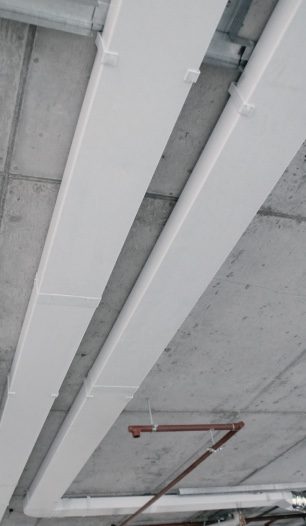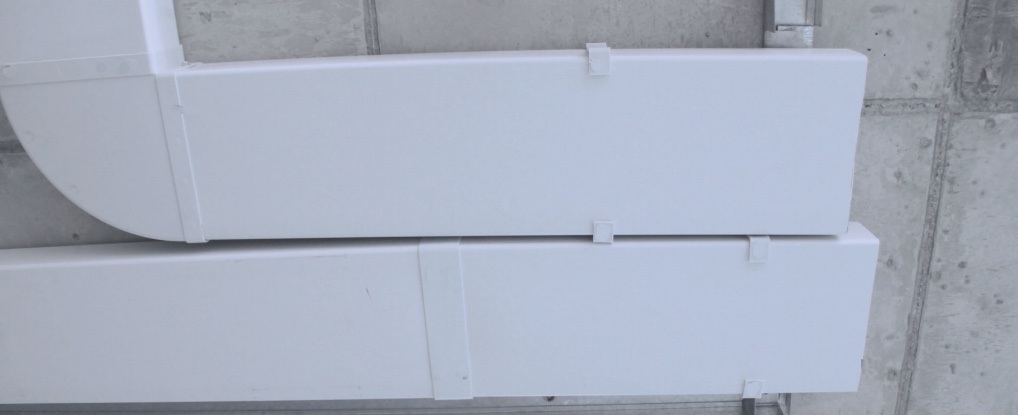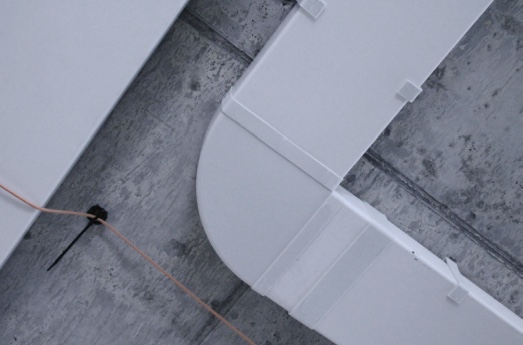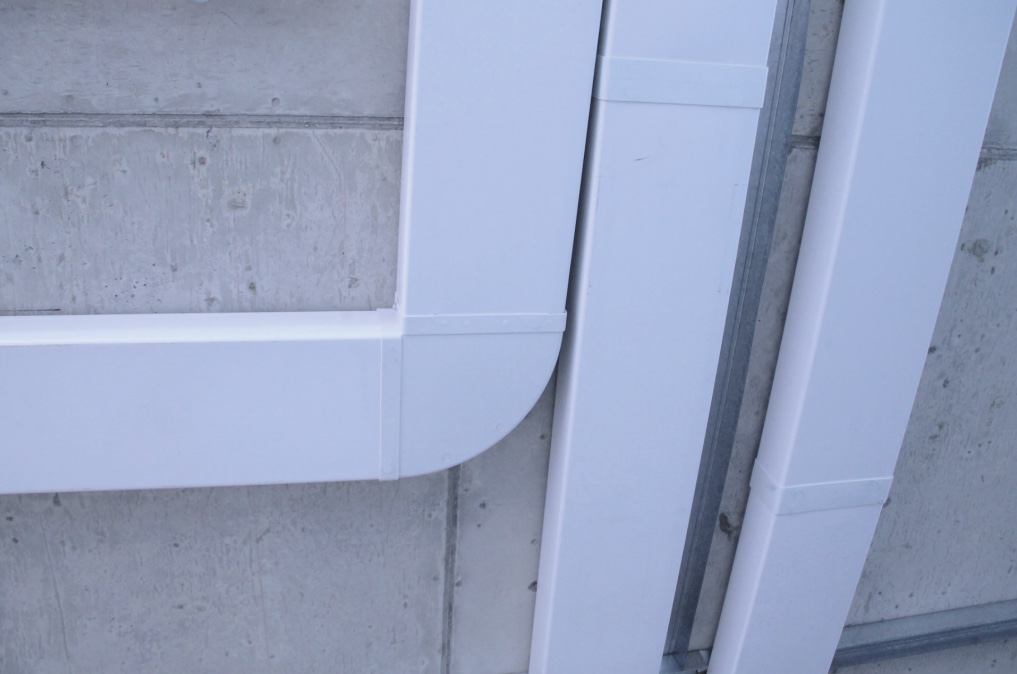Phone:
(701)814-6992
Physical address:
6296 Donnelly Plaza
Ratkeville, Bahamas.
Spacesaver low profile ducting is designed for quiet and efficient air extraction from bathrooms, kitchens, dryers, and other areas or appliances that need ventilation.
This ducting fits into confined ceiling and wall spaces, offering flexibility in design and giving architects more options. Available in three sizes, it accommodates a wide range of air quantities with low resistance and noise levels. Made from polyvinyl chloride, it’s engineered for quick and easy assembly, saving time and money.
Spacesaver low profile ducting has been independently tested and comes with a fire-rated certificate to comply with AS/NZS 1530.3 building standards. It has been successfully installed in many high-rise and small apartment developments, as well as domestic and commercial applications, providing great service, satisfaction, and peace of mind.


Plastic meets the challenges of today’s green building specifications. Green building refers to the growing importance of meeting sustainability requirements in construction materials and practices while at the same time limiting the impact on natural resources in both the construction and long-term maintenance and life cycle of a commercial or residential building.
Plastic ducts are manufactured by extrusion in a variety of sizes and dimensions. Plastic ducts are made to conform to various ATSM standards for both pressure and non-pressure applications.
Plastic materials are resistant to many ordinary chemicals such as acids, bases, salts and oxidants.

Plastic ducting is a widely used and accepted material for ventilation, DWV, sewers in all model plumbing codes. These Codes normally identify acceptable products for specific uses based on the ATSM standard designation.

